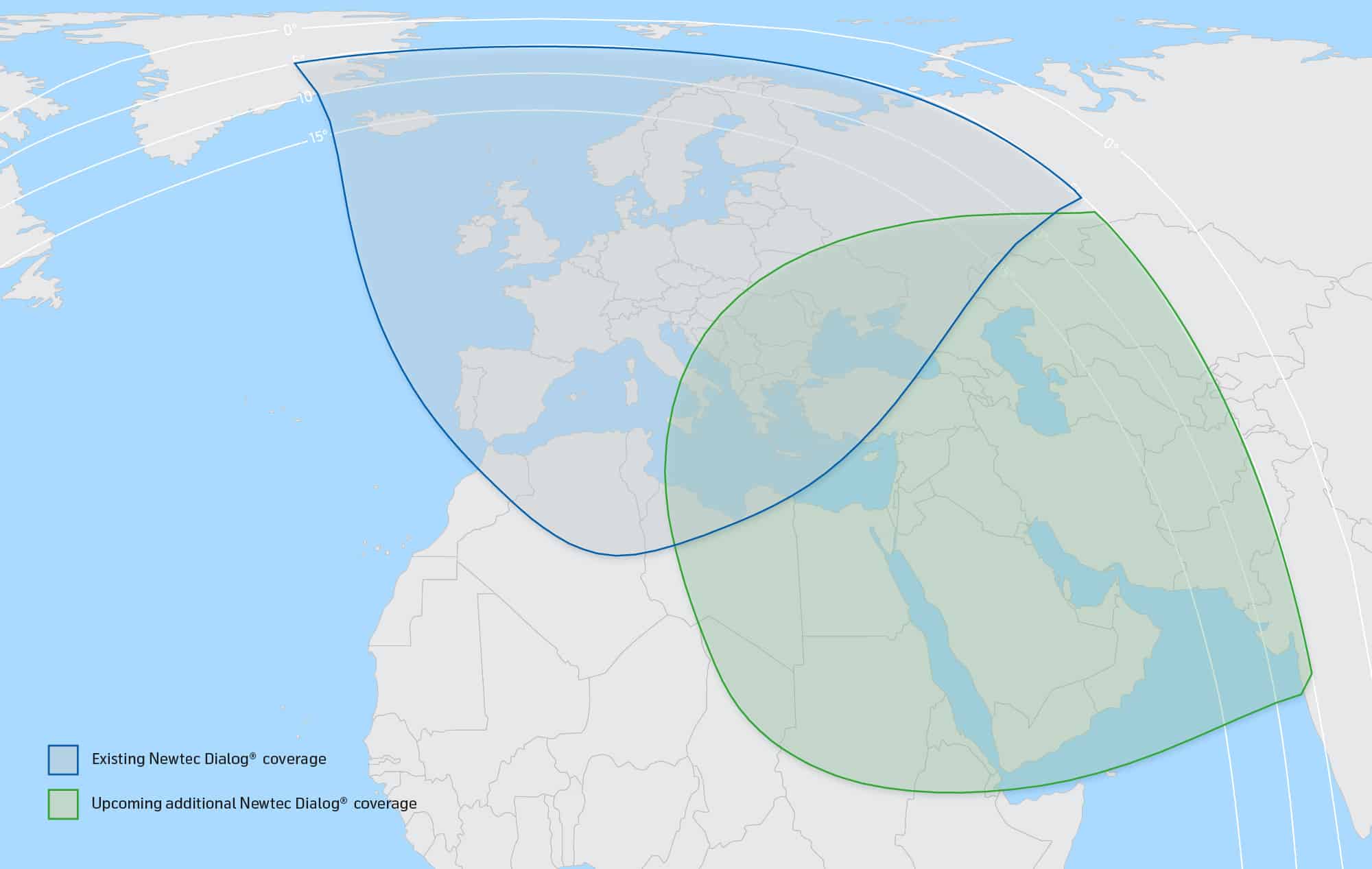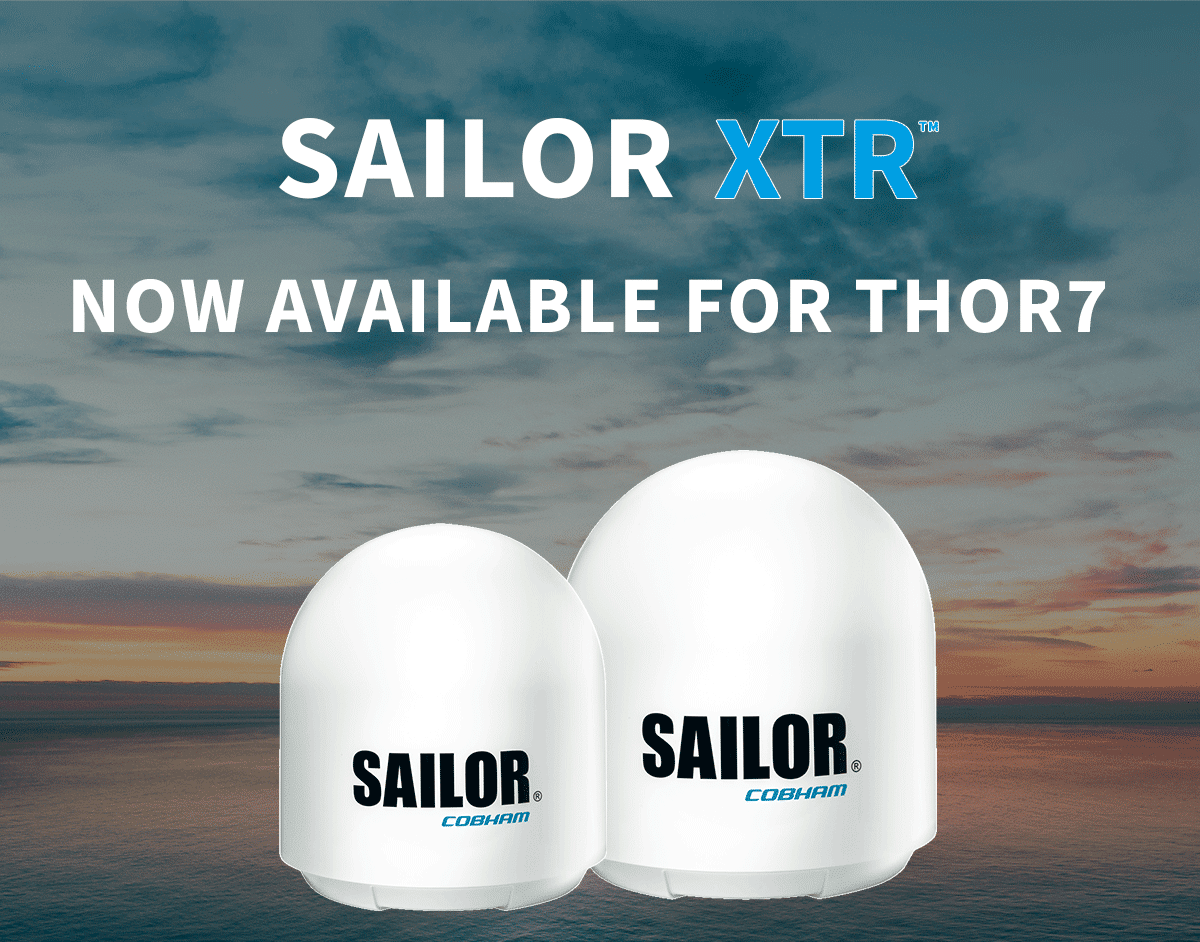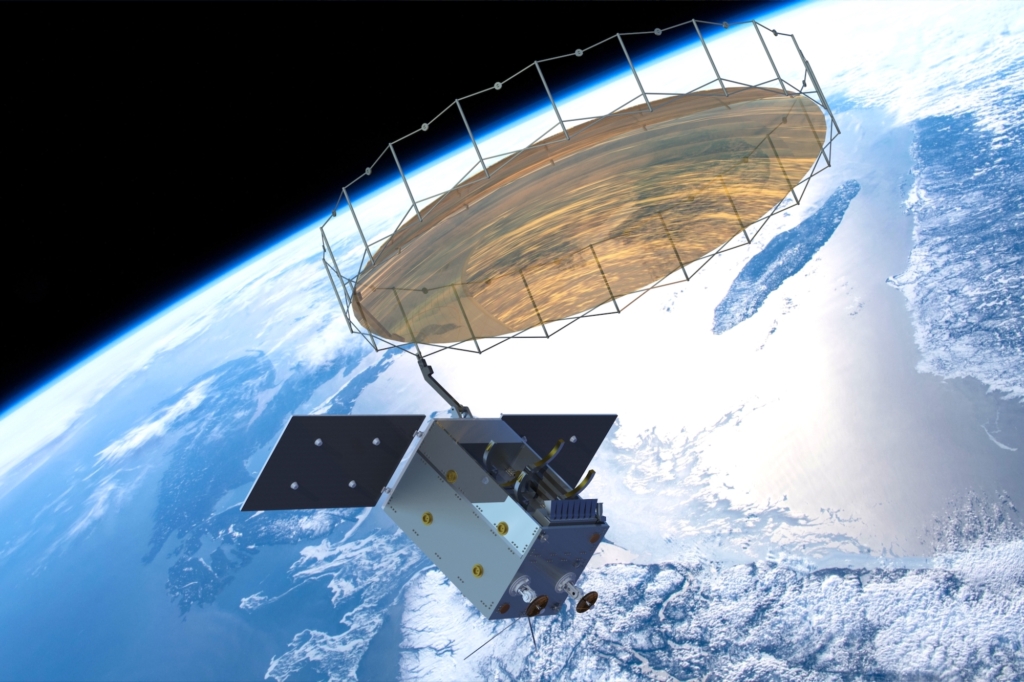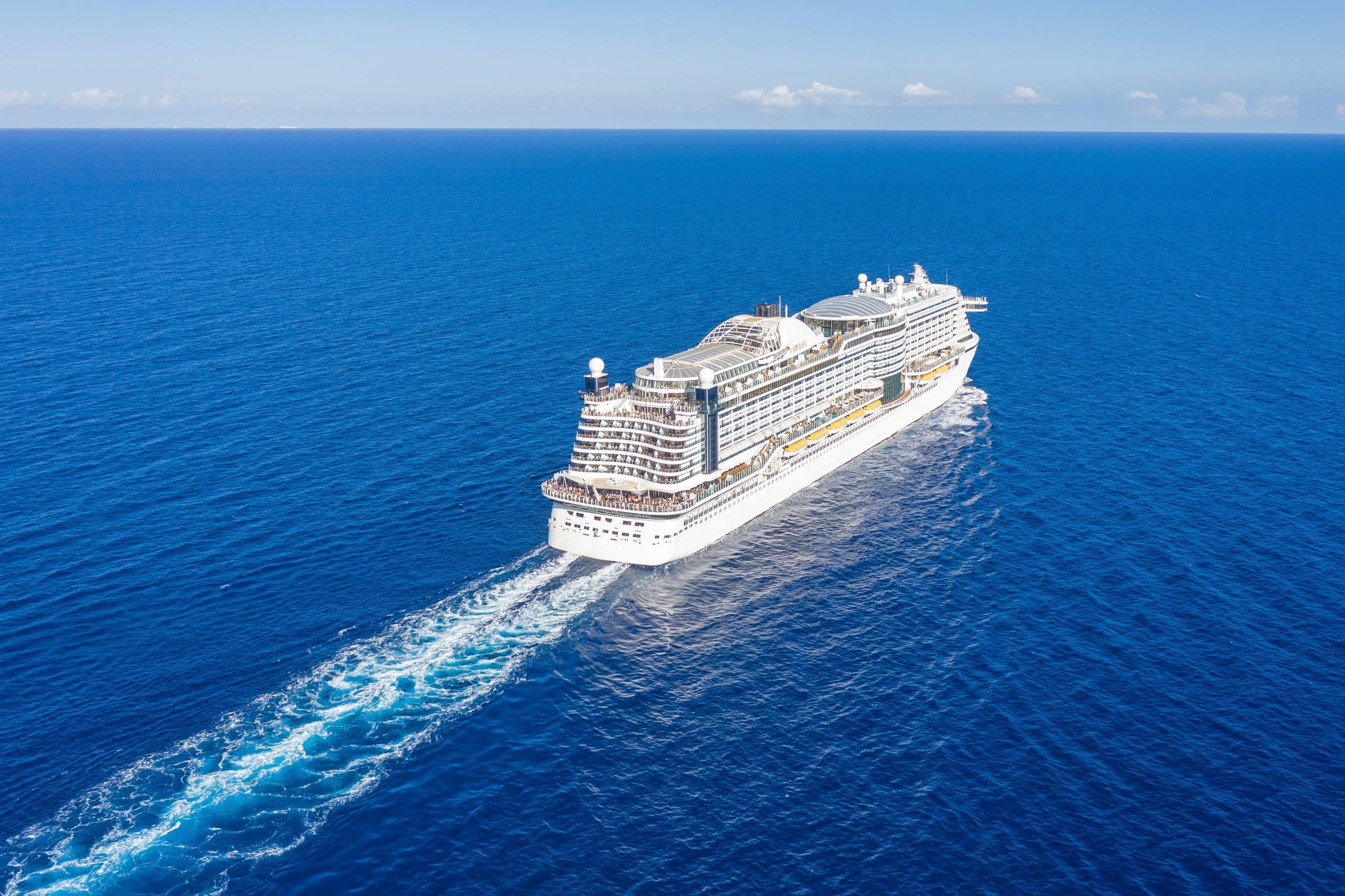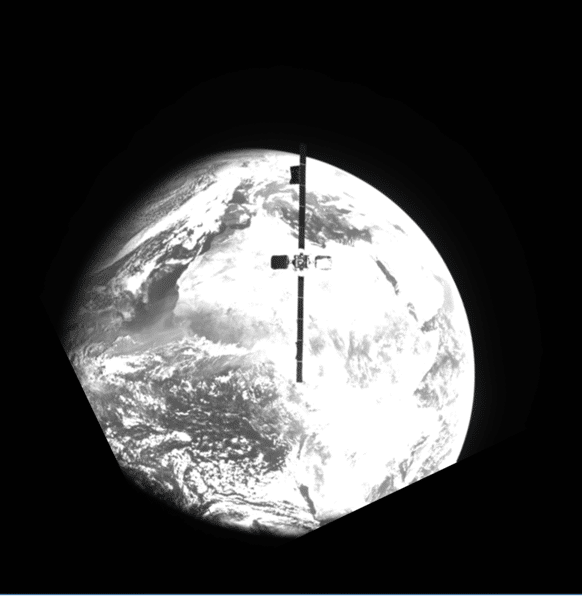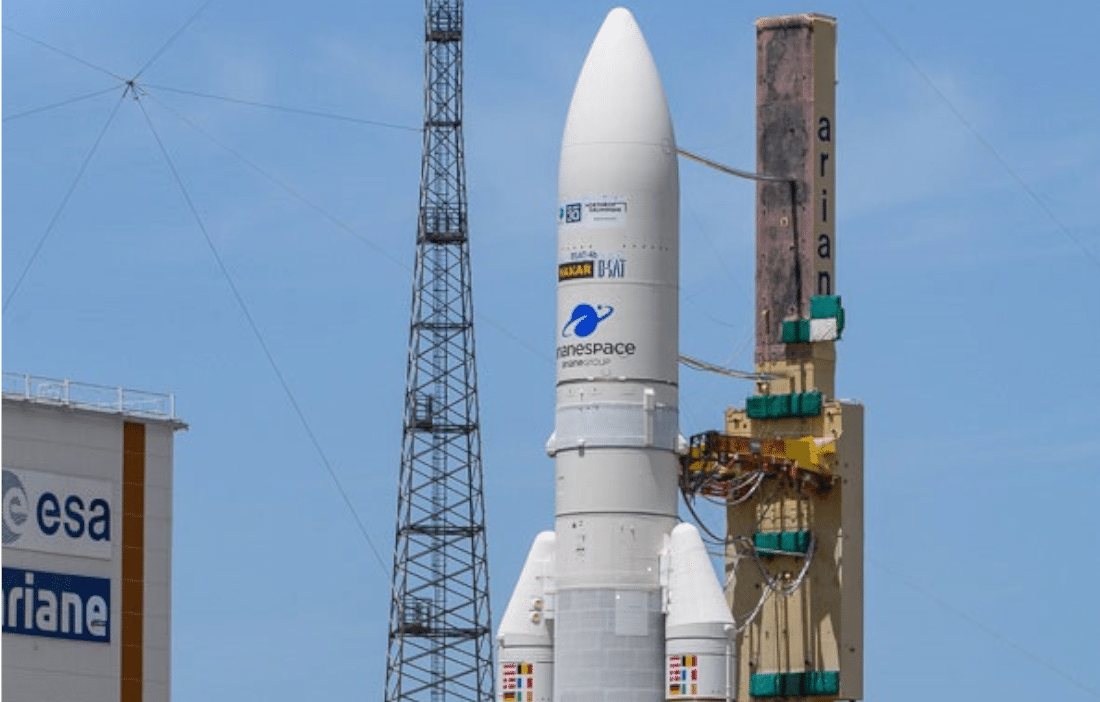
Following successful expansion of its Ku-band Dialog services for maritime customers in the Middle East, Space Norway announces extension of the service to clients in the land-based sectors.
Norwegian satellite communications leader Space Norway today announces that its THOR 10-02 Ku-band service on Dialog platform from ST Engineering iDirect is being made available to land-based clients in the Middle East.
The company is a major supplier of premium connectivity via satellite to the broadcast, maritime and land-based vertical markets in Europe, the Middle East and North Africa (EMEA). With the introduction of the award-winning Dialog platform, the company can offer its clients in the Middle East the increased speeds and bandwidths that were previously only available on its THOR 7 Ka-band services for the maritime & offshore energy customers.
Premium Dialog VSAT platform for the land-based energy sector
This is particularly important for the company’s land-based oil & gas clients whose sophisticated and technology driven operations demand the higher performance offered by the Dialog VSAT platform. The benefits to clients include a highly efficient, scalable and flexible service which comes with DVB-S2X performance, advanced waveforms, Mx-DMA® shared bandwidth return channel technology, and more sophisticated QoS and QoE features.
Chris Insall, Head of Maritime Market Development at ST Engineering iDirect, said: “Space Norway is extending to the Middle East a VSAT platform that can address multiple markets by optimising the usage of infrastructure and satellite capacity. With the Dialog platform, Space Norway can select the best transmission technology for its needs, harnessing the industry’s most efficient, dynamic return technology to share satellite capacity more efficiently over a group of satellite terminals.”
Although the majority of Space Norway’s Middle Eastern clients require a fixed service, the company also supplies connectivity to offshore facilities and their support vessels requiring full mobility.
“We are pleased to be able to extend coverage of the Dialog VSAT platform into the Middle East as it will enable us to deliver a service of the highest quality to our clients working in the region whether they are land-based or maritime. The increased speed, bandwidth and flexibility of the new system ensures that our clients will receive the best possible performance from their satellite communications.”
